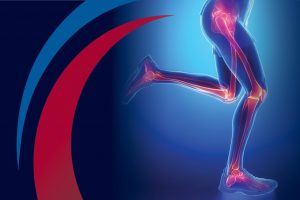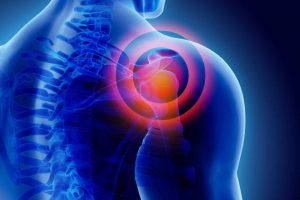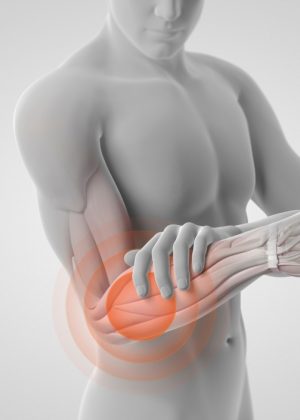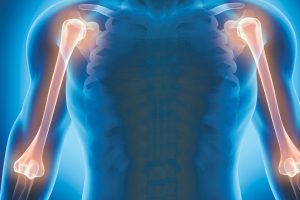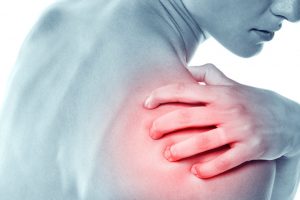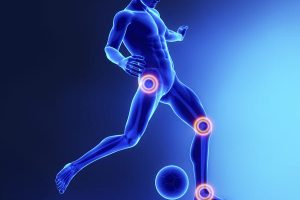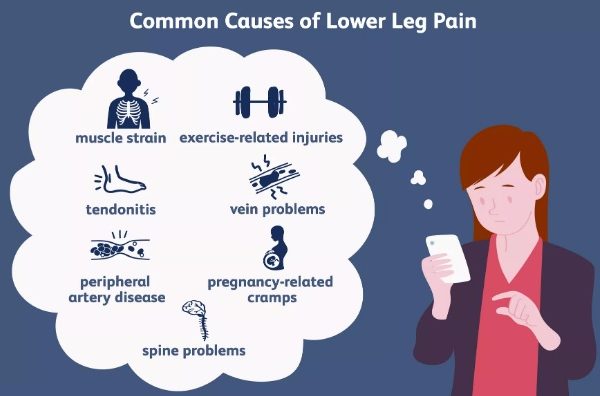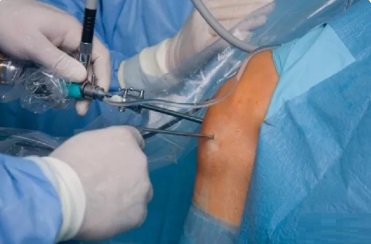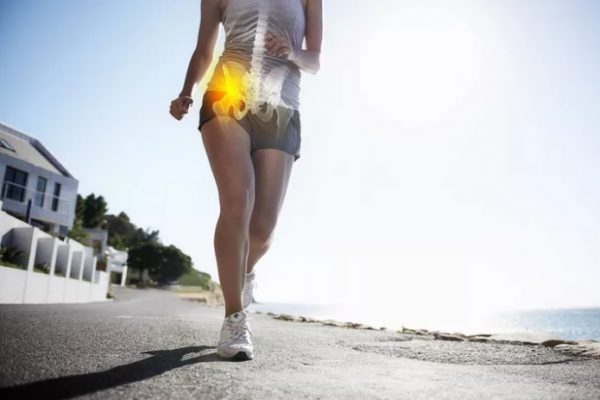Head of Orthopedic Surgery Department at St George Hospital in Achrafieh, Beirut and at his private clinic (01 445 441) near...

He is a polyvalent surgeon with an average of 700 surgeries a year, widely ranging from open surgeries to minimally invasive and arthroscopic surgeries. For the last 12 years he has concentrated mainly on advanced orthopedic joint preserving strategies, joint replacement surgeries of both upper and lower limbs, traumatology and fracture management, shoulder and upper limb surgeries, knee, sports medicine, with a special emphasis on arthroscopic surgeries. He follows the latest techniques focusing on a fast, non-painful recovery with optimal results.
Involved in many worldwide seminars every year and a consultant to many international firms... Dr. Rassi actively pursues...
A joint is where two or more bones meet at their ends and in the human body numerous joints of different kinds are encompass...

Covering Shoulder and Elbow, Knee, Wrist, Hip, Ankle, and Endoscopic Carpal Tunnel Syndrome: Shoulder: The shoulder is ...
Invasive surgical procedure on a joint for damage treatment using an endoscope inserted into the joint through a small in...
A result of high impact or stress, or certain medical conditions that weaken the bones. A fracture is a crack or brea...
Dr El Rassi activities

Symptoms
-

Hip
-

Knee
-

Elbow
-

Shoulders
 A severe impact — in a car crash, for example — can cause hip fractures in people of all ages. In older adults, a hip fracture is most often a result of a fall from a standing height. In people with very weak bones, a hip fracture can occur simply by standing on the leg and twisting.
A severe impact — in a car crash, for example — can cause hip fractures in people of all ages. In older adults, a hip fracture is most often a result of a fall from a standing height. In people with very weak bones, a hip fracture can occur simply by standing on the leg and twisting.
Signs and symptoms of a hip fracture include:
- Inability to move immediately after a fall
- Severe pain in your hip or groin
- Inability to put weight on your leg on the side of your injured hip
- Stiffness, bruising and swelling in and around your hip area
- Shorter leg on the side of your injured hip
- Turning outward of your leg on the side of your injured hip
 In most cases, a broken kneecap is caused by a direct blow to the front of the knee from a car accident, sports or a fall onto concrete.
In most cases, a broken kneecap is caused by a direct blow to the front of the knee from a car accident, sports or a fall onto concrete.
Most kneecap fractures occur in people between the ages of 20 and 50.
Symptoms may include:
- Severe pain in and around the kneecap
- Swelling
- Pain when moving the knee in both directions
- Difficulty extending the leg or doing a straight-leg raise
- A deformed appearance of the knee due to the fractured pieces
- Tenderness when pressing on the kneecap
 An olecranon fracture usually causes sudden, intense pain and can prevent you from moving your elbow. Other signs and symptoms of a fracture may include:
An olecranon fracture usually causes sudden, intense pain and can prevent you from moving your elbow. Other signs and symptoms of a fracture may include:
- Swelling over the “tip” or back of the elbow
- Bruising around the elbow. Sometimes, this bruising travels up the arm towards the shoulder or down the forearm towards the wrist.
- Tenderness to the touch
- Numbness in one or more fingers
- Pain with movement of the elbow or with rotation of the forearm
- A feeling of instability in the joint, as if your elbow is going to “pop out.”
 The main symptoms of a frozen shoulder are pain and stiffness that make it difficult or impossible to move it.
The main symptoms of a frozen shoulder are pain and stiffness that make it difficult or impossible to move it.
If you have frozen shoulder, you’ll likely feel a dull or achy pain in one shoulder. You might also feel the pain in the shoulder muscles that wrap around the top of your arm. You might feel the same sensation in your upper arm. Your pain could get worse at night, which can make it hard to sleep.
You’ll typically go through three phases with a frozen shoulder. Each has its own unique symptoms and timeline.
Freezing stage:
- You develop a pain (sometimes severe) in your shoulder any time you move it.
- It slowly gets worse over time and may hurt more at night.
- This can last anywhere from 6 to 9 months.
- You’re limited in how far you can move your shoulder.
Surgeries
Pain Management
Differences Between Pain and Suffering
Physical pain has distinct biological and psychological components that effectively represent stimulus and response. The biology of pain is the signal transmitted through the central nervous system that “something is wrong.” The psychology of pain is the interpretation or meaning we give to that pain signal—the internal self-talk and beliefs about it which then drive our emotional reactions. Suffering results from mental and emotional responses to pain. The biological and psychological facets of chronic pain combine to become like a smoke detector that goes on and stays on, continuously sounding a harrowing alarm at high volume. Recovery from chronic pain distinguishes between the actual pain and the suffering it causes, and focuses on achieving relief from that suffering. Pain is unavoidable; suffering is not. It occurs in response to thoughts such as: “Why me?!” “It isn’t fair!” “This is horrible!” “I can’t stand it!”
Suffering in general, as well as specific to chronic pain, is a function of imbalances in physical, mental, emotional, and/or spiritual functioning. Because whatever affects the mind or the body will inevitably affect the other, regardless of which side of the fence an issue originates, imbalances in thinking can create imbalances in physical, emotional, and spiritual functioning. Recovery—from any significant condition or life challenge—is a gradual, progressive, and ongoing process of restoring balance in these areas.
Suffering is both a cause and an effect of the catastrophic cognitions and distressing emotions associated with chronic pain: anxiety, irritability, anger, fear, depression, frustration, guilt, shame, loneliness, hopelessness, and helplessness. Negative thinking only makes situations we believe to be “bad,” worse. Many people, including those who do not suffer from chronic pain, can ruminate on something by continuously and unproductively replaying it in their minds or magnify the negative aspects of it. Our thoughts have the capacity to make us miserable, and negative thinking can be especially insidious, feeding on itself, with the potential to become a self-fulfilling and self-defeating prophesy.
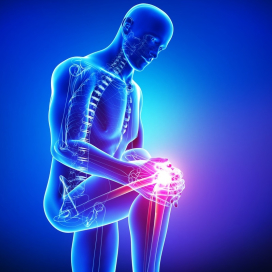



Seminars & Lectures
Pedicle screws can be augmented with polymethylmethacrylate (PMMA) cement through cannulated and fenestrated pedicle screws to improve screw anchorage. To overcome the drawbacks of PMMA, a modified augmentation technique applying a self-curing elastomeric material into a balloon-created cavity prior to screw insertion was developed and evaluated. The aim of the study was to compare the effect of the established and novel augmentation technique on pedicle screw anchorage in a biomechanical in vitro experiment.
Effect of self-curing elastomeric material under cranio-caudal cyclic loading
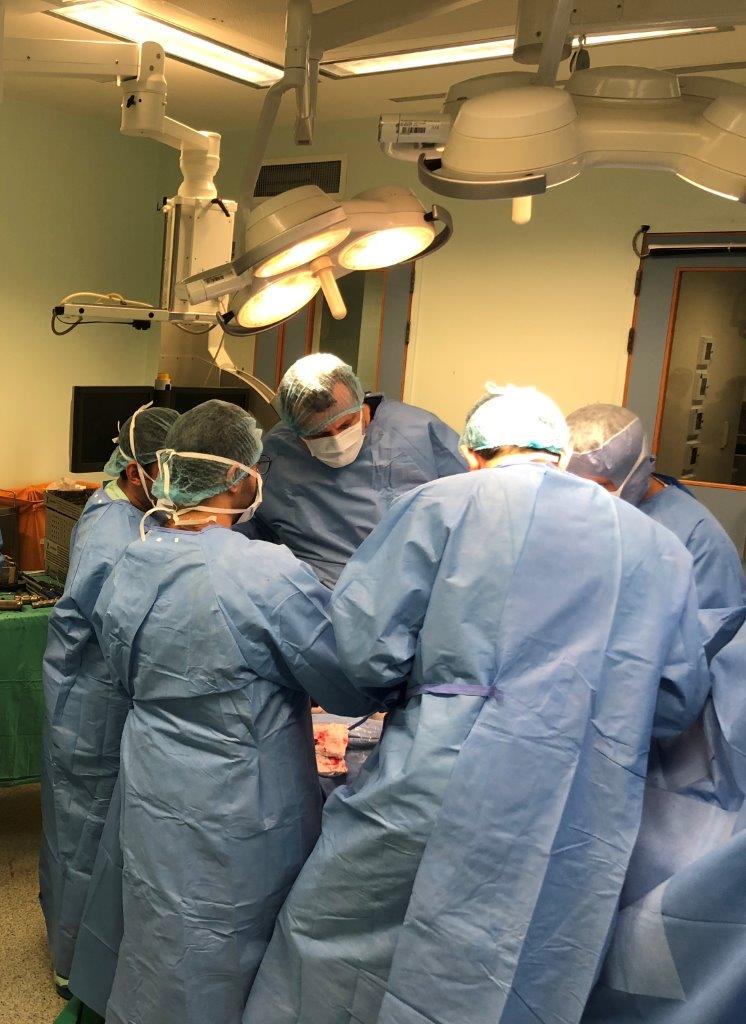
Seminars & Lectures
The efficacy of intravenous acetaminophen in multimodal pain management in patients undergoing total knee arthroplasty (TKA) is controversial. The purpose of this meta-analysis was to compare the efficacy of intravenous acetaminophen versus placebo in TKA.
Randomized controlled trials (RCTs) or retrospective cohort studies (RCSs) concerning related topics were retrieved from PubMed (1996–June 2018), Embase (1980–June 2018), and the Cochrane Library (CENTRAL June 2018). Any studies comparing intravenous acetaminophen with a placebo were included in this meta-analysis. Meta-analysis results were collected and analyzed by Stata 12.0. Subgroup analysis was performed according to the general characteristics of the patients.
Efficacy of intravenous acetaminophen in multimodal management for pain relief
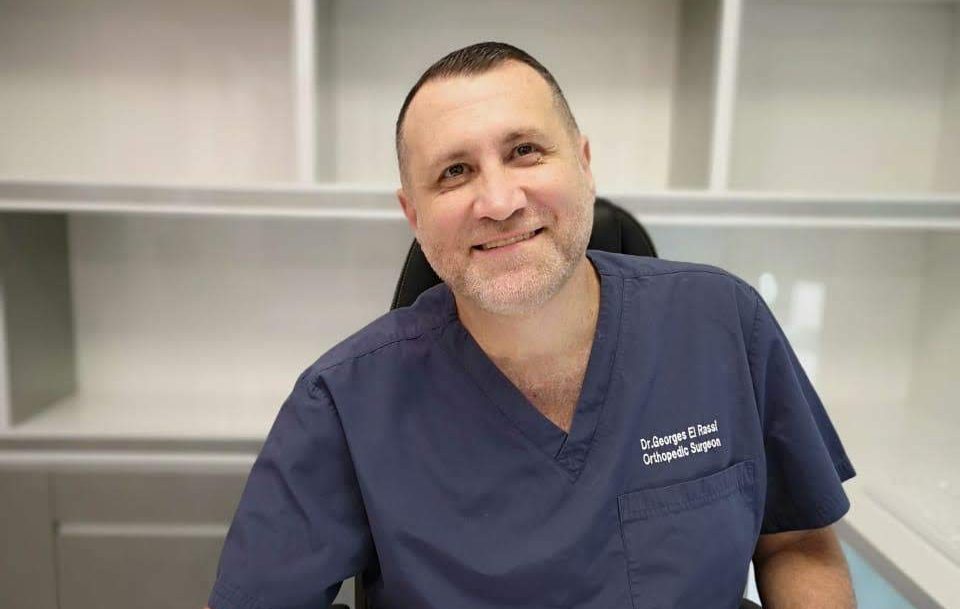
Seminars & Lectures
Proximal junctional kyphosis (PJK) following adult spinal deformity (ASD) surgery in elderly patients is markedly influenced by osteoporosis causing additional vertebral fracture and loosening of pedicle screws (PS). This study aimed to investigate the association between mean bone density represented in Hounsfield units (HU) on spinal computed tomography (CT) and revision surgery for PJK or postoperative additional vertebral fracture following ASD surgery in elderly patients.
Exploratory analysis of predictors of revision surgery for proximal junctional kyphosis


